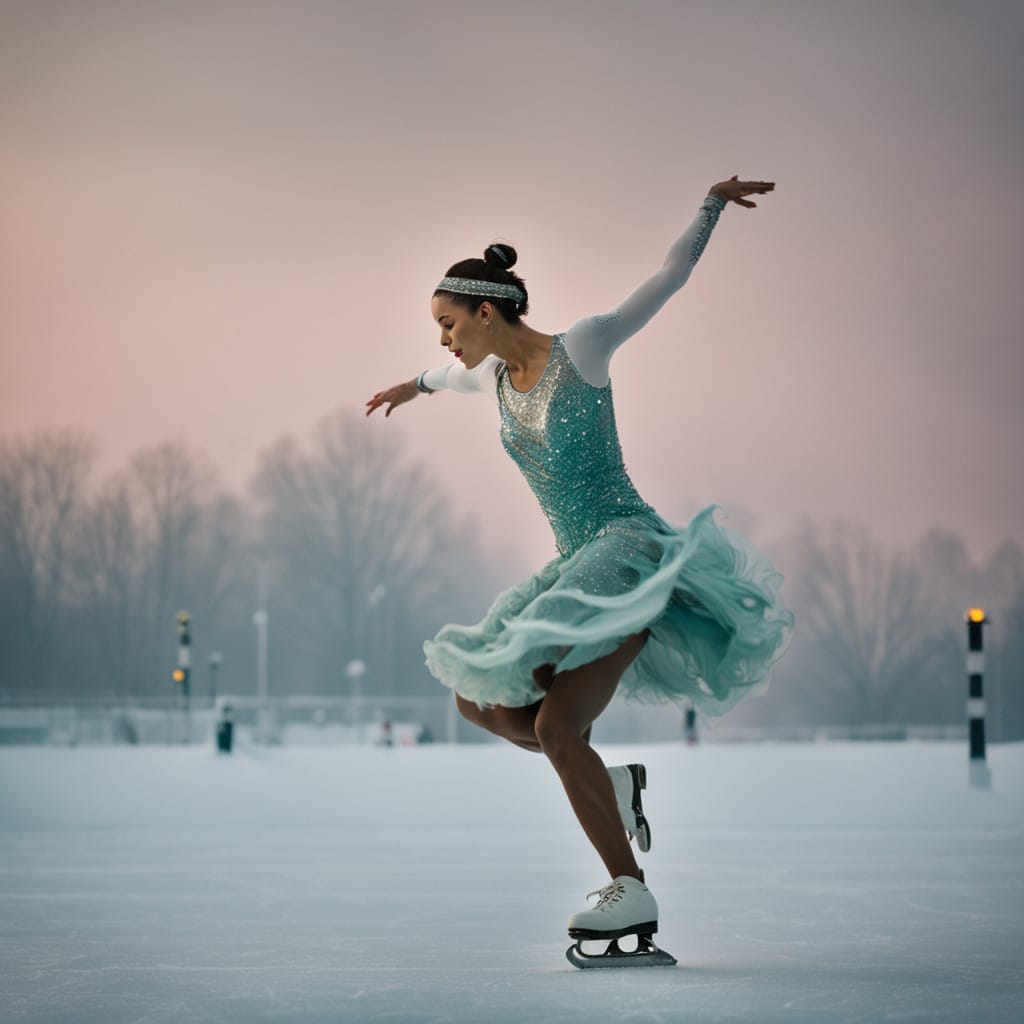
A Deep Dive Into the World of Figure Skating
Figure skating is a captivating sport that combines athleticism, artistry, and grace. This unique activity is not only a test of physical skill but also an expression of creativity. Originating centuries ago, it has grown into a global phenomenon. The sport is enjoyed by millions, from recreational participants to professional athletes competing on the world stage. In this blog post, we will explore the origin and history of figure skating, its global popularity, the structure of amateur participation, professional leagues, and its social and political significance. Additionally, we will delve into the rules that govern this beautiful sport.
The Origins and History of Figure Skating
The roots of figure skating trace back to prehistoric times when people used bone skates to glide over frozen rivers in Scandinavia. By the 13th century, the Dutch were using wooden skates with iron blades, laying the groundwork for modern skating. Figure skating, as a formalized sport, emerged in the 18th century. In 1742, the first skating club was established in Edinburgh, Scotland.
The development of figure skating advanced significantly in the 19th century. Jackson Haines, an American skater, introduced artistic movements to skating, integrating ballet and music into his performances. This innovation transformed it from a mere technical skill into an art form.
The sport gained recognition with the establishment of the International Skating Union (ISU) in 1892. The first official World Figure Skating Championships were held in 1896. It became an Olympic sport in 1908, showcasing its appeal on a global stage. Each milestone marked its evolution into the sport we recognize today.
The Global Popularity of Figure Skating
It enjoys immense popularity across the globe. It is particularly cherished in countries like the United States, Russia, Canada, and Japan. These nations boast rich histories of successful skaters and enthusiastic fan bases.
Japan has seen a surge in figure skating fandom, thanks to champions like Yuzuru Hanyu. Russian skaters dominate the sport, producing champions who consistently rank at the top. In North America, it thrives as a popular winter sport, attracting millions of viewers during events like the Winter Olympics and the ISU Grand Prix series.
The sport is also growing in countries with less traditional ties to skating. Nations such as South Korea and China have developed strong skating programs, achieving international success. This global reach underscores figure skating’s universal appeal.
Amateur Figure Skating: Youth and Schools
Amateur figure skating serves as the foundation of the sport. It often begins at a young age, with children learning to skate at local rinks. Many schools and communities offer skating programs, ensuring accessibility for aspiring skaters.
Youth figure skating programs focus on skill development, teaching basic techniques and building confidence. Competitions at the amateur level, such as local and regional championships, provide opportunities to showcase talent.
High school and collegiate figure skating clubs are also popular. These organizations allow students to balance education with competitive skating. In the United States, the National Collegiate Championships highlight this level of participation. Similarly, other countries offer youth leagues and developmental programs to nurture future stars.
Professional Leagues and Competitions
Professional figure skating is structured around leagues and international competitions. The ISU oversees most major events, including the World Championships, the European Championships, and the Four Continents Championships. The ISU Grand Prix series brings together the world’s top skaters, culminating in the prestigious Grand Prix Final.
In addition to ISU events, professional tours such as Stars on Ice and Ice Capades provide platforms for retired athletes to perform. These shows blend competitive-level skill with theatrical elements, offering fans a different experience.
National organizations, like U.S. Figure Skating and Skate Canada, govern professional skating in their respective countries. These organizations work closely with the ISU to promote the sport and develop talent. Skaters who achieve success in these leagues often become international icons.
The Political and Social Significance of Figure Skating
It holds significant cultural and political importance. During the Cold War, it served as a battleground for ideological supremacy. Soviet and American skaters competed fiercely, using their performances to represent national pride.
Today, it continues to transcend sport. It bridges cultural gaps, bringing together athletes from diverse backgrounds. Events like the Winter Olympics foster unity, as skaters compete under the banner of sportsmanship.
Socially, it empowers individuals by celebrating grace, discipline, and self-expression. Programs like Learn to Skate USA make the sport accessible to all, regardless of socioeconomic status. Additionally, it challenges traditional gender roles, with male and female athletes pushing boundaries in artistic and athletic achievement.
Understanding the Rules of Figure Skating
It is governed by a detailed set of rules. Skaters perform in singles, pairs, or ice dance categories. Each discipline has specific requirements.
In singles skating, athletes perform jumps, spins, and footwork sequences. Judges evaluate these elements based on technical difficulty and execution. Pairs skating involves synchronized jumps, lifts, and throws. Ice dance emphasizes rhythm, musicality, and intricate footwork.
Skaters are scored under the ISU Judging System, which replaced the old 6.0 system in 2004. This system assigns points for each element, considering both technical and artistic aspects. Deductions occur for falls, errors, and time violations.
Rules also dictate costume guidelines, music selection, and program duration. Compliance ensures fair competition and enhances the viewer experience. For fans and participants alike, understanding these rules deepens appreciation for the sport.
Conclusion
Figure skating is a dynamic blend of sport and art. Its rich history, global popularity, and structured participation reflect its enduring appeal. From youth programs to professional leagues, it inspires countless individuals worldwide. Politically and socially, it serves as a platform for unity and expression. Understanding the rules further illuminates the complexity and beauty of this sport.
By exploring these facets, one gains a deeper appreciation for figure skating. Its timeless allure continues to captivate audiences, ensuring its place as a cherished global pastime.




